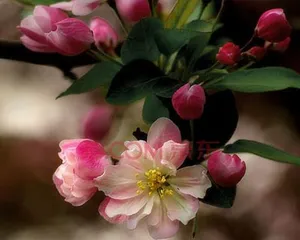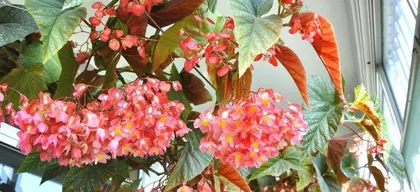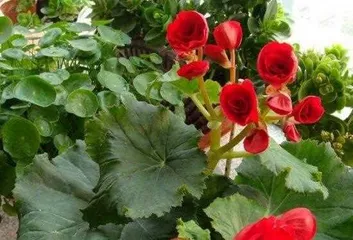The flowering crabapple is one of the traditional landscape plants in China. Winter is the dormancy period for crabapple growth and also the time for flower bud differentiation. Winter care is very important, as it not only affects the growth and flowering of the crabapple but also its quality for the next year. Here is a detailed introduction to the winter care methods for the flowering crabapple.

I. Watering Care
In winter, the flowering crabapple enters a dormant period, so watering can be appropriately reduced, but the soil must be kept moist, avoiding it from being too dry or too wet. If the indoor temperature is high, watering once or twice a week is necessary, and excess water should be drained through the holes at the bottom of the pot.
II. Temperature Care
Flowering crabapples prefer a warm and humid environment and should not be exposed to cold climates for long periods. Therefore, in winter, it is important to regulate the indoor temperature, keeping it above 15°C and not below 5°C.

III. Light Care
Flowering crabapples have high requirements for light, but in winter, the daylight hours are shorter. You can place the crabapple in a brighter indoor location, avoiding prolonged exposure to strong sunlight.
IV. Ventilation Care
The indoor air in winter can easily become dry, which is not beneficial for the flowering crabapple. Therefore, it is necessary to maintain indoor ventilation, but avoid direct drafts on the plant.
V. Fertilizer Care
In winter, the flowering crabapple enters a dormant growth period and does not require excessive fertilization. A small amount of organic fertilizer can be applied monthly. However, avoid over-fertilizing to prevent harm to the plant.

VI. Pest and Disease Prevention
Although winter does not have as many pest problems as spring and summer, it is still necessary to prevent pests and diseases for the crabapple. You can use special winter pesticides and fungicides for spraying and control to prevent damage to the plant.
VII. Pruning Care
During its dormant period in winter, the flowering crabapple does not require extensive pruning. However, you can appropriately prune withered branches and leaves to keep the plant neat and beautiful.
VIII. Watering Techniques
The frequency of watering can be reduced in winter, and it's best not to water too much each time. Before watering, you can touch the soil with your hand. If the soil surface feels relatively dry, you can appropriately increase the amount of water.
IX. Temperature Regulation Techniques
Flowering crabapples prefer a warm and humid environment. In winter, the indoor temperature can easily drop. You can increase the temperature by placing some insulation materials, such as foam boxes or straw mats, around the pot.
X. Light Regulation Techniques
Winter days are shorter, so you can appropriately increase the light intensity the crabapple receives. However, avoid prolonged exposure to strong sunlight to prevent damage to the plant.
XI. Ventilation Techniques
To maintain indoor humidity, you can place the flowering crabapple in a well-ventilated area, avoiding prolonged exposure to enclosed spaces, but also be careful to avoid direct drafts on the plant.
XII. Fertilizer Application Techniques
In winter, the flowering crabapple does not require excessive fertilization. A small amount of organic fertilizer can be applied monthly, and followed by appropriate watering to ensure the fertilizer fully penetrates the soil.
XIII. Pest and Disease Control Techniques
In winter, flowering crabapples are susceptible to pests and diseases such as gray mold and aphids. You can use special winter pesticides and fungicides for spraying and control to prevent damage to the plant.
XIV. Pruning Techniques
The flowering crabapple does not require extensive pruning in winter, but you can appropriately prune withered branches and leaves to keep the plant neat and beautiful.
XV.
The flowering crabapple is a very beautiful plant that requires meticulous care in winter. Only by paying attention to every detail can you help it get through a warm winter. It is hoped that the comprehensive guide to winter crabapple care introduced in this article will be helpful to everyone.